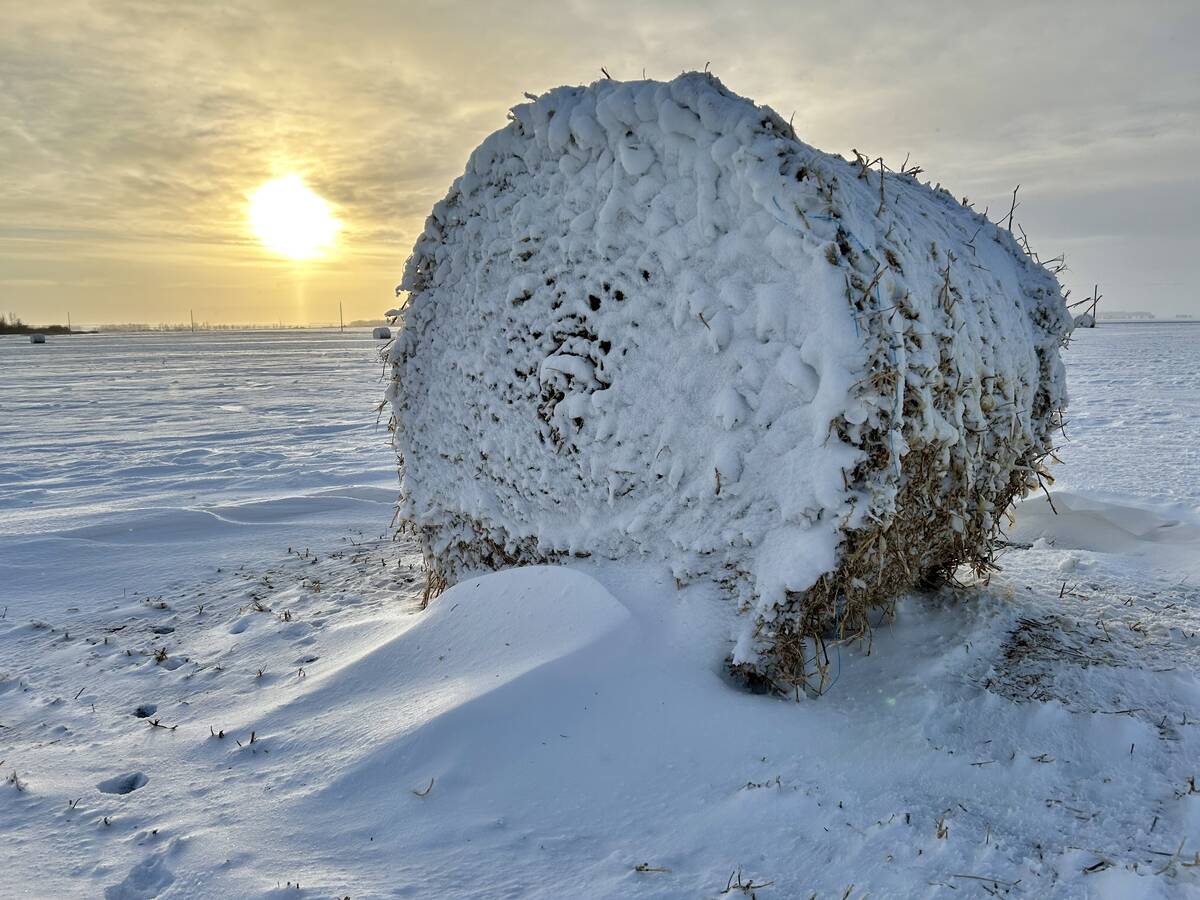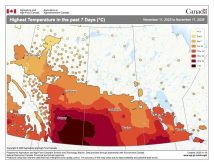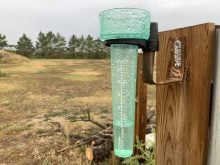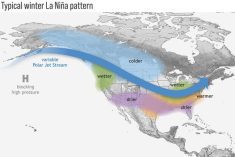Some people claim that the Internet creates more problems than it solves, but if you are a weather enthusiast the Internet opens up a world of weather information that the average person wouldn’t otherwise ever have had access to.
In this first look at weatherrelated websites I’m going to go through some of my favourite sites that I use to create forecasts and to check on current conditions.
The first and probably one of the most useful weather forecasting websites is:http://weather.unisys.com.
Read Also

Prairie winter snowfall forecast 2025-2026
How much snow should farmers in Alberta and elsewhere on the Canadian Prairies expect for the rest of December 2025 and into January-February 2026?
The purpose of this site, according to its developers, is to provide a complete source of graphical weather information. The site is designed to satisfy the needs of the weather professional, but is set out in such a way that it can be used by amateur weather enthusiasts as well. The graphics and data are displayed as a meteorologist would expect to see, and for the amateur weather user, there are detailed explanation pages to guide you through the various plots, charts and images. These detailed explanations of how to read the various weather models available on the site make this one of the best weather sites out there.
Weather Underground
One of my next favourite weather websites iswww.wunderground.com. This site claims to be the world’s first Internet weather website. It started its development back 1991, as a master’s degree project by Jeff Masters at the University of Michigan. With the help of others, the project quickly grew, and by 1995 it broke away from its university connections and became the Weather Underground.
Today, the Weather Underground claims to have developed the world’s largest network of personal weather stations (almost 10,000 stations in the U.S. and over 3,000 across the rest of the world, according to its website – my weather station is a part of this). They have developed a feature called Wunder-Photos where Weather Underground members upload and share photographs of weatherrelated content. Currently they have over 1.2 million weatherrelated photos available for browsing.
Along with this they have also created a really nice feature called WunderMap, which uses Google Maps to help display interactive weather information. If you are into blogging, there is a section that allows members to post weather-related blogs or simply read some of the interesting blogs by various weather professionals.
NOAA
I guess the next weather-related website that I use most often would be the U.S. government’s National Oceanic and Atmospheric Administration’s (NOAA) National Weather Service website:www.nco.ncep.noaa.gov.
While this site mostly deals with the United States, it does have a couple of areas of interest. The one I use the most is the Model Analysis and Forecast link. This will take you to a page that gives you access to different weather-model graphics. For the most part these are the same weather models found on the Unisys site, but the graphics are much better.
The weather model that I use the most is the GFS model and this website gives you access to the model graphics at three different resolutions (coarse, medium, and fine). Use the coarse resolution if you want small graphics that load quickly, or fine if you really want to see a lot of detail. To get the most up-to-date information you need to pick the graphics from the latest model run that is displayed using UTC (universal co-ordinated time) or what was once called Greenwich mean time. Because the weather models take some time to be created it actually works out pretty good for us here. The 06 UTC weather models are usually available for us to see at around 6 a.m., the 12 UTC model run is available around noon, 18 UTC around 6 p.m. and the 00 UTC around midnight.
Once you click on the appropriate GFS model you will be taken to a page that gives you access to a large amount of weather-forecasting information from the model. The part of this page that I think you will find most useful is located near the bottom under the title, 4 Panel Charts. Here you can see daily forecast information out to 16 days into the future. I would recommend looking at the information found under the first column (10m-Wnd 06hr Pcpn). This will give you forecast maps showing surface pressure, surface temperatures, and six-hour precipitation totals.
That is about all the room I have for this week, but I still have a fair number of websites to share with you, so stay tuned for more of my favourite weather websites.















